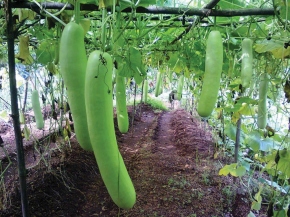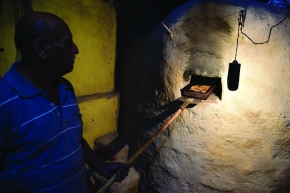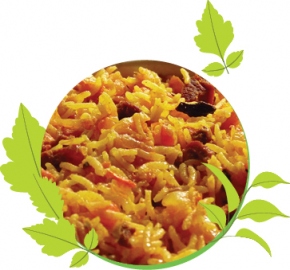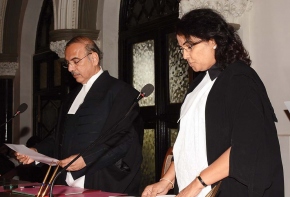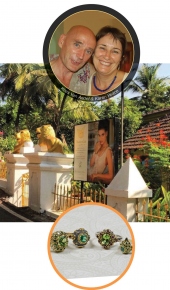- Bank Of India, Women's Day Celebration at Zonal Office Patto Plaza.
- Bridging Goa
- Death and Revival of bakery
- Fighting Cancer
- Cookbook Ishtann releases 7th edition
- Symposium of art icons MOG
- Goa government honours Dr Salkar with Best Social Worker award
- Iskcon celebrates Jagruti 2019
- GoaMiles Taxi App completes six successful months
- Condé Nast Traveller honours Goa with Favourite Leisure Destination award
Sweet deception
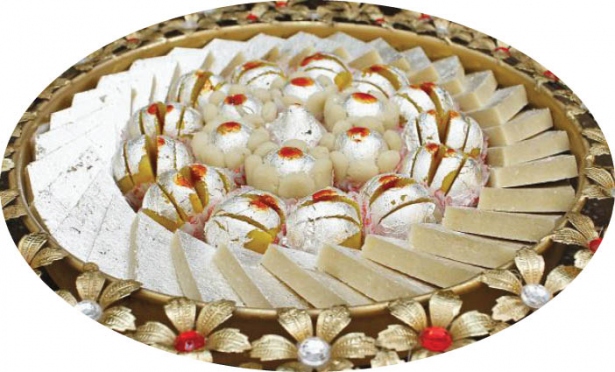
There’s a lot to watch out for in silver foil garnishes and artificial sweeteners, with excess intake possibly causing health complications
October brings with it a switch in temperatures and a sudden realisation that it’s the last quarter of the year. It also has everybody scrambling to count their pennies as goodwill, clothes, sweets, and gifts take precedence in the year-end rush to connect with family over festivities.
The medically-condemned, however, wish the season would fly by as they are repeatedly reminded not to lay eyes on the sugar-laden, ghee-drenched, oil-soaked delicacies, the aroma of which fills every household in the neighbourhood.
Woe are those who want to indulge yet keep their weight and blood glucose levels in check. For them, diabetic sweets and chocolates appear like a silver lining on a dark cloud. What do they contain that makes them therapeutically safe for consumption? And can you really gorge on them uninhibitedly?
Diabetic sweets use sugar substitutes instead of natural beet or sugarcane sugar. A sugar substitute is a food additive that duplicates the effect of sugar in taste, but with less food energy. Some are natural while others are synthetic. The latter are artificial sweeteners. Being many times sweeter than sucrose (table sugar), much less is required when preparing food, and thus the total energy contribution is often negligible.
Read the full article in 'Viva Goa' magazine copy.
Viva Goa magazine is now on stands. Available at all major book stalls and supermarkets in Goa






